Archaeological excavations
The Laboratory of prehistoric archaeology and anthropology organizes and participates in a large number of excavations.
Fouilles archéologiques en cours
Grotte de l'Eremita (Vercelli, Italy)
La Grande Rivoire (Isère, France)
Le site du Pré-du-Stand au Grand-Saconnex (Genève, Suisse)
Fouilles archéologiques terminées
Nécropole d'Orikos (Vlorë, Albany)
Le Plonjon (Geneva, Switzerland)
Satigny-Crédery (Geneva, Switzerland)
Grotte de l'Abbaye (Ain, France)
Petit-Chasseur (Valais, Switzerland)
Sboryanovo (Bulgarie)
Sboryanovo archaeological reserve, located in the northeast of Bulgaria, is a protected area of 800 hectares that stands out for the exceptional number and nature of archaeological remains dating from the Paleolithic to the late Middle Ages. He delivered the remains - tumuli and monumental tombs, habitat, sanctuaries - that testify to the existence of an important political, economic and religious Thracian 1st millennium BC.
Since 2014, our laboratory conducts research on this exceptional territory in the framework of the international project " Sboryanovo. Necropolis and territory " whose scientific direction is performed in close collaboration with the National Archaeological Institute with Museum at the Bulgarian Academy of Sciences (ed. Dr. Jordan Anastassov , Prof. Diana Gergova). (site in construction)
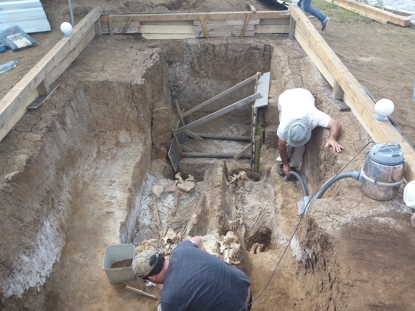
Grotte de l'Eremita (Vercelli, Italy)
The shelter of Eremita, in the province of Vercelli, in the Piemont region, is located on a small ledge in the Montefenera massif. This mountain region is known for its important number of archaeological sites that have yielded occupations spanning from the Middle Palaeolithic period to the Middle Ages.
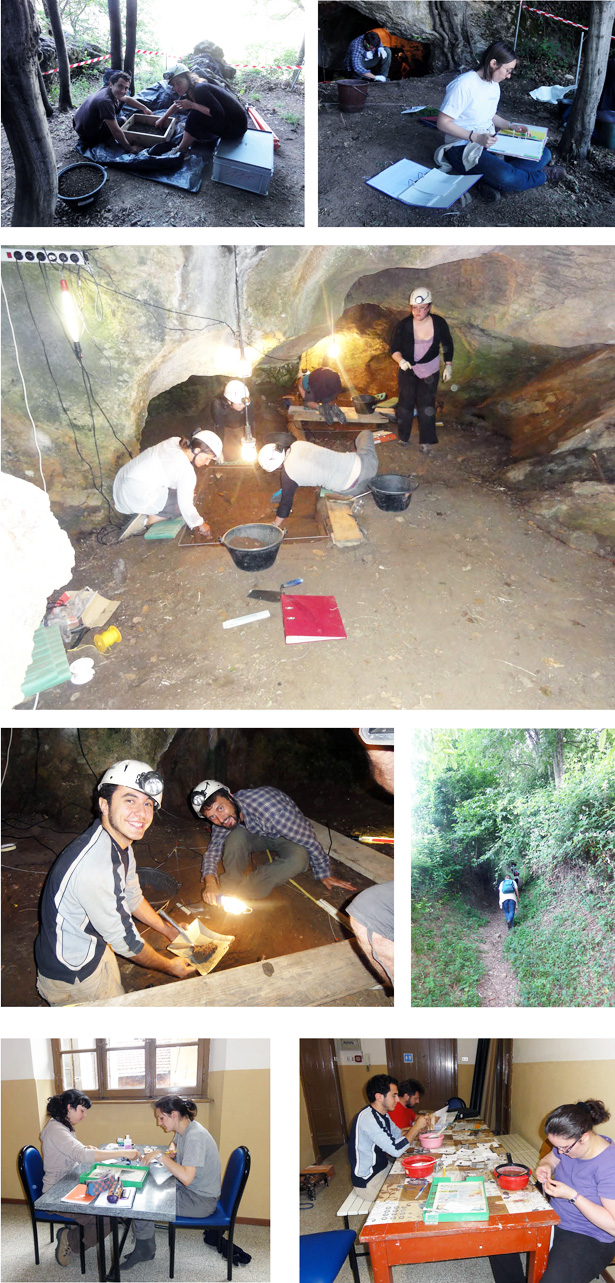
Under the direction of Marie Besse, a team of the Laboratory of prehistoric archaeology and anthropology has carried out test pits in this shelter since 2012. These test pits aimed at estimating the depth of the deposits in order to detail the chronology of the Neolithic and the Bronze Age in general, and of the transition from the Final Neolithic- Bell Beaker to the Early Bronze Age in particular. The students in archaeology are associated to this fieldwork through a field school especially organized for them.
La Grande Rivoire (Isère, France)
The rock- shelter of "La Grande Rivoire" is located in the alpine massif of Vercors, near the city of Grenoble (Isère, France). Its sedimentary filling revealed, over 5 meters thick, a sequence of human occupations spanning 8000 years of history, the period of the last Mesolithic hunter-gatherers to the first centuries of our era.
Since 1999, this programmed excavation site serves as "field school" for many Swiss and French students. The research is conducted under the direction of Pierre- Yves Nicod, archaeologist at the Laboratory prehistoric archeology and anthropology at University of Geneva ; they are financed by the French Ministry of Culture and the Department of Isere .

Nécropole d'Orikos (Vlorë, Albany)
Ancienne cité portuaire située au sud de Vlorë en Albanie, Orikos fait l’objet depuis 2007 de fouilles systématiques par une équipe albano-suisse co-dirigée par le professeur hon. Jean-Paul Descœudres (Unité d’archéologie classique de l’Université de Genève) et par le dr. Saimir Shpuza (Institut archéologique de Tirana).
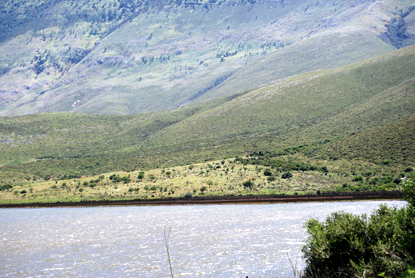
Le Laboratoire d’archéologie préhistorique et anthropologie collabore au projet albano-suisse depuis 2012. Il est en charge du volet anthropologique de l’étude de la nécropole sous la responsabilité de Jocelyne Desideri. Les étudiants en archéologie sont associés à cette recherche de terrain.
Le Plonjon (Geneva, Switzerland)
Le Plonjon is a lake dwelling site located in the centre of the Geneva Bay, on the "Banc de travers", a shallow water zone of clay deposits stemming from the retreat of the Rhone glacier.
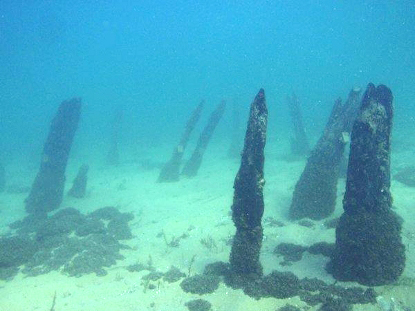
The pile station of Le Plonjon is known since 1854, when it had first been reported by Hippolyte-Jean Gosse. The site is located halfway between the pier of Les Eaux-Vives and the port of La Nautique. After the first mapping made by Louis Bondel during winter 1921, the site has been labelled a heritage monument on December, 18, 1923. The preserved remains represent the wooden foundations of houses. Several villages have been built during successive phases of the Late Bronze Age, between 1060 and 858 BC. The area occupied by the different villages encompasses about one hectare. In 1985, detailed mapping, carried out by the University of Geneva, has permitted to register 1’620 piles visible on the lakebed. The number of wooden piles still in situ is estimated between 2000 and 2500. Since the observations made in 1985, considerable erosion by storms and natural currents triggered slow but inexorable disappearance of the remains. Within the next five decades most of the piles actually in situ will be removed or eroded by wave action. The planned extension of the port of La Nautique, and also of the beach of Les Eaux-Vives, presents the risk of partially covering the lake-dwelling station. These projects provide the opportunity to conduct rescue excavations that will allow to save all of the information still present on site.
Satigny-Crédery (Geneva, Switzerland)
The site has been discovered in 2005, during the construction of a tank by the “Services Industriels Genevois”. The rescue excavations first were undertaken by the Cantonal office of archaeology (Service cantonal d'archéologie). From 2006 on, a mandate has been given to a team of the Laboratory of prehistoric archaeology and anthropology of the University of Geneva in order to evaluate the archaeological potential of the whole area.
The uncovered remains can be assigned to several Final Neolithic settlements. The discovery of a series of fireplaces, indicating the presence of a nearby settlement is worth noting. The vestigial remains mainly discovered in colluvial deposits, belong to the Final Neolithic period. These are domestic potteries with simple shapes and flat bottoms, as well as chipped stone artefacts made of honey flint. The assemblage is completed by some polished stone artefacts.
During the three excavation campaigns, it was possible to identify three Final Neolithic phases, represented by settlements located in different places of the mound. An early phase is materialized by a single fireplace (3000-2900 BC) and a later phase is represented by a fireplace in a shallow pit (2750-2550 BC). Material belonging to a still later phase, dated between 2450 and 2000 BC is scattered over the whole area.
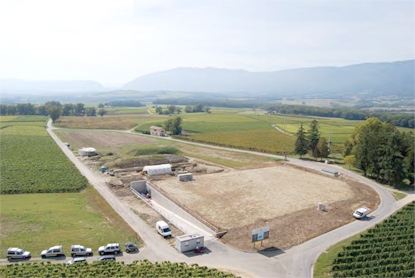
Additional information: Le Néolithique final à Crédery (Satigny) : un site terrestre parmi les lacustres / Marie Besse, Céline Andrey, Céline von Tobel. In: Archéologie suisse. Bâle. 32(2009), 2, p. 18-24.
Grotte de l'Abbaye (Ain, France)
La grotte de l'Abbaye est située sur la commune de Chazey-Bons, dans le Bugey méridional, non loin de la ville de Belley (Ain, France). Connue dès le début du 20ème siècle, la grotte de l'Abbaye a été fouillée dans les années 60 par Jean Reymond, puis de 1993 à 2003 par Jean-François Buard. Son remplissage sédimentaire renferme une succession d'occupations humaines, allant du Paléolithique supérieur à l'époque romaine.
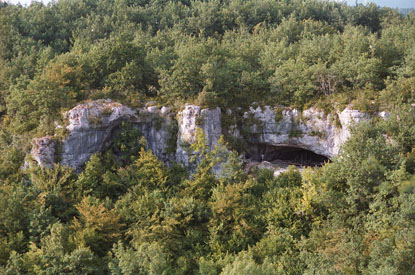
La stratigraphie de la grotte de l'Abbaye I se subdivise en une séquence supérieure – qui couvre la préhistoire récente et l'époque romaine, et en une séquence inférieure – qui couvre la fin du Paléolithique supérieur et le Mésolithique. Les possibilités d'interprétation spatiale de la séquence supérieure varient selon les occupations. On distingue les occupations pour lesquelles un zonage de l'espace est possible (époque romaine, Âge du Fer, Bronze ancien, Néolithique final, Néolithique moyen), des occupations où le manque de structure et l'éparpillement des restes l'empêchent (Bronze moyen, Bronze final IIb–IIIa). L'intérêt de la séquence inférieure diffère fortement selon les phases d'occupation. Les occupations mésolithiques sont indigentes en matériel et fortement altérées. Mieux conservée, l'occupation magdalénienne vient compléter le corpus de sites datables de la fin du paléolithique supérieur dans le Bugey.
Petit-Chasseur (Valais, Switzerland)
The site of Petit-Chasseur, in Sion (Valais, Switzerland) has been discovered in 1961. A very large area on the edge of the city of Sion has been investigated through five sites threatened by construction projects. Successively directed by Olivier-Jean Bocksberger, Alain Gallay, Sébastien Favre, Manuel Mottet and Marie Besse, these excavations have provided outstanding archaeological documentation that has generated – and will generate – a large number of studies.
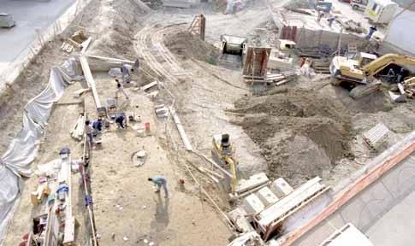
The stratigraphic sequence of Petit-Chasseur spans from the Early Neolithic up to the Late Iron Age. The site is famous for its Middle Neolithic settlement and the Final Neolithic and Bell Beaker megalithic cemetery.
